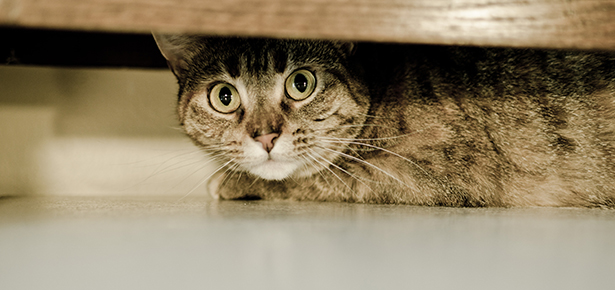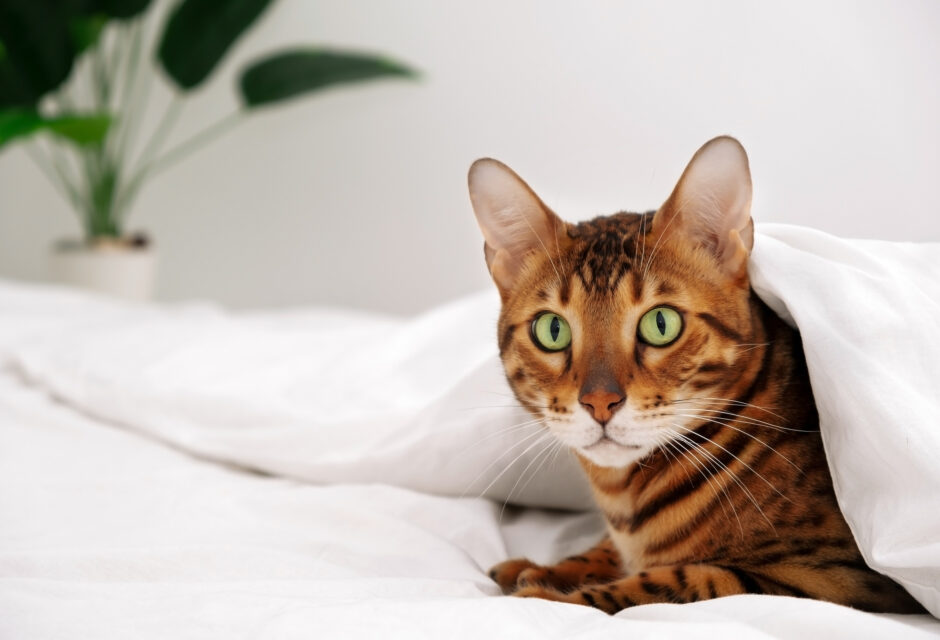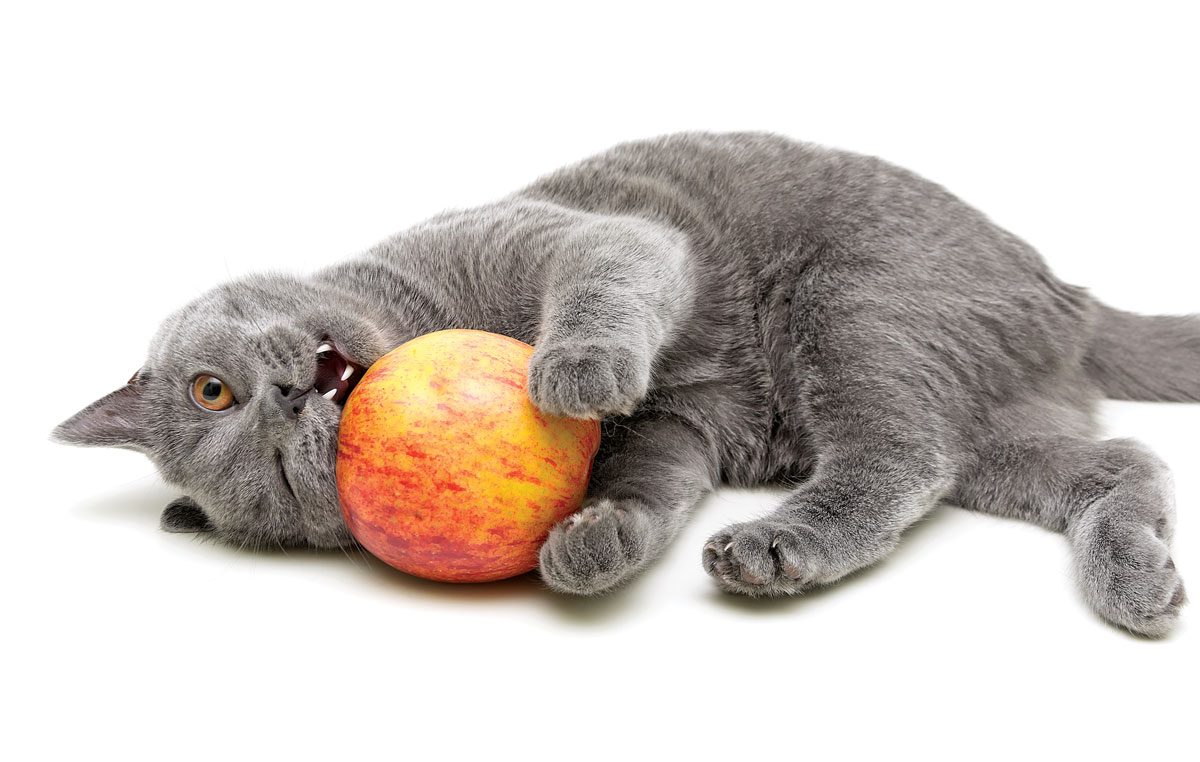
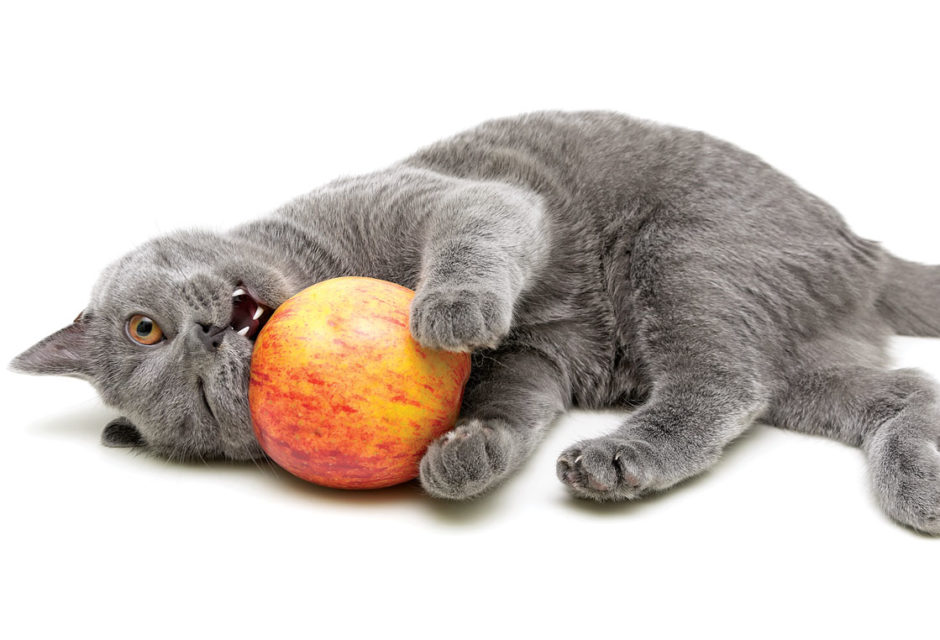
Apple Cider Vinegar for Cats – Holistic Healing
Why you should give your cat apple cider vinegar
Apple Cider Vinegar for Cats
Wondering if Apple Cider Vinegar is good for you cat? Apple cider vinegar, or ACV, has enzymes plus gut-friendly bacteria for the win! Here’s how it can help cats.
Benefits of Apple Cider Vinegar for Cats
With its enzymes, important vitamins and minerals, and gut-friendly bacteria, all-natural Apple Cider Vinegar for cats, or ACV, can be a powerful holistic healing tool, promoting your cat’s digestion, repelling parasites, and even breaking up bladder crystals.
Want to give it a try? First, make sure you’re using the right vinegar. Be sure to use organic, unpasteurized (raw), unfiltered, naturally fermented apple cider vinegar, like Bragg Organic Raw Apple Cider Vinegar. Look for the sediment in the bottom called “the mother” and you’ll know you’ve got the right stuff. Do not buy white distilled vinegar, as it has none of the beneficial elements of ACV.
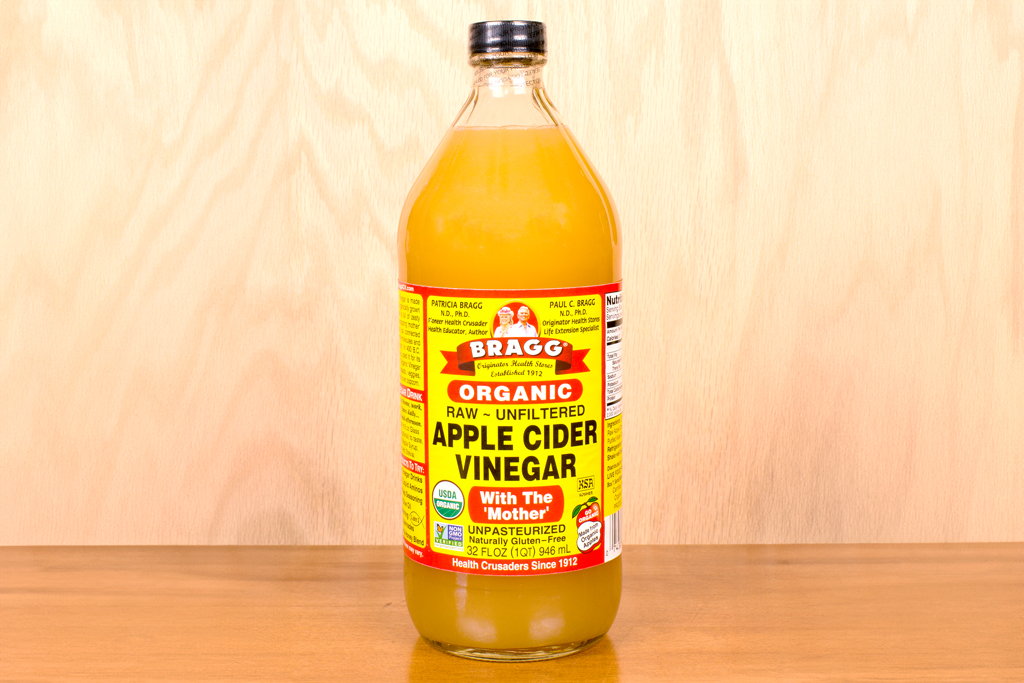
Photo digitalreflections/Bigstock
How Apple Cider Vinegar Can Benefit Cats:
- Boosts the immune system
- Improves skin and coat health (i.e. hotspots, dander, itchiness, fleas)
- Fights feline urinary tract infections
- Thought to help with bladder and kidney stones, metabolism, and candida (aka yeast), among other conditions
Apple Cider Vinegar Dosage + Delivery for Cats:
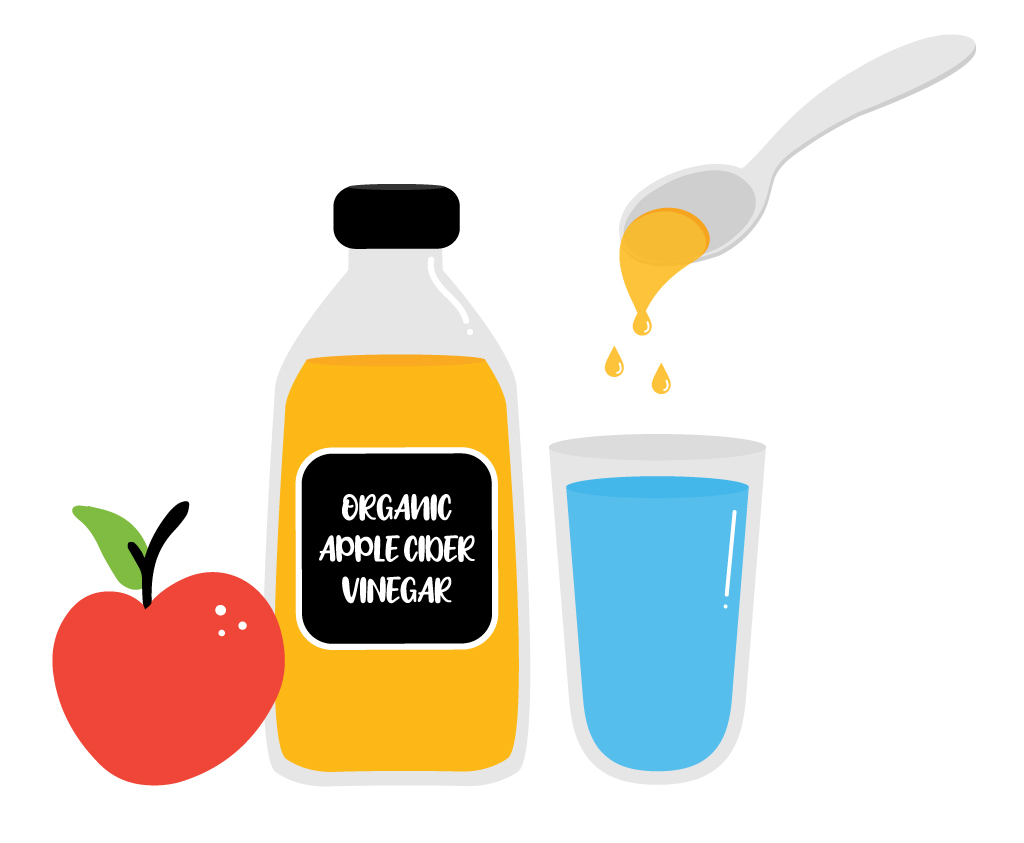
cosmic_pony/Bigstock
How to add apple cider vinegar to your cat’s food:
- Combine 1/4 teaspoon Apple Cider Vinegar with 1 teaspoon of chicken broth or tuna water and mix it into your cat’s wet food.
How to add apple cider vinegar to your cat’s water:
- Add 1 teaspoon of Apple Cider Vinegar to about a cup of your cat’s drinking water. (Monitor to make sure this addition is not deterring your cat from drinking.)
Apple Cider Vinegar Topical Water Spray for Cats
- If your cat has itchy skin, make a topical spray of 50/50 water and ACV to help reduce irritation. Be sure to avoid spraying on the face, eyes, or open wounds.
Using Apple Cider Vinegar for Flea and Tick Prevention
- Natural flea repellent: ACV can be used as a natural flea repellent. It is thought that the strong acidic smell may deter fleas from infesting a cat’s fur. A diluted solution (typically one part ACV to one part water) can be sprayed lightly onto a cat’s fur or used as a rinse, though it should never be applied directly to the skin or near sensitive areas like the eyes or nose.
Apple Cider Vinegar for Feline Skin Health
- Fights fungal infections: ACV’s antifungal properties may help with minor skin infections, such as yeast infections or fungal rashes. However, it’s important to dilute it before applying it to the skin (using a 50/50 mix of ACV and water) and to avoid sensitive areas. Be cautious of using it on broken skin, as it could sting.
- Soothing dry or itchy skin: Some cat owners use ACV to relieve itchy or irritated skin caused by allergies or dry conditions. Again, it should be diluted and applied gently.
Precautions
- Always dilute ACV: It’s important to always dilute ACV when applying it topically or offering it to your cat internally, as undiluted vinegar can be too harsh and cause irritation.
- Monitor for reactions: If you introduce ACV to your cat’s routine, watch for any adverse reactions such as gastrointestinal upset, skin irritation, or behavioral changes. If any of these occur, discontinue use and consult a vet.
- Not suitable for all cats: Cats with certain health conditions, such as kidney disease or digestive issues, might not tolerate apple cider vinegar well. Always consult your vet before starting any new treatment.
Join the newsletter and never miss out on cat content again!
"*" indicates required fields
By clicking the arrow, you agree to our web Terms of Use and Privacy & Cookie Policy. Easy unsubscribe links are provided in every email.






